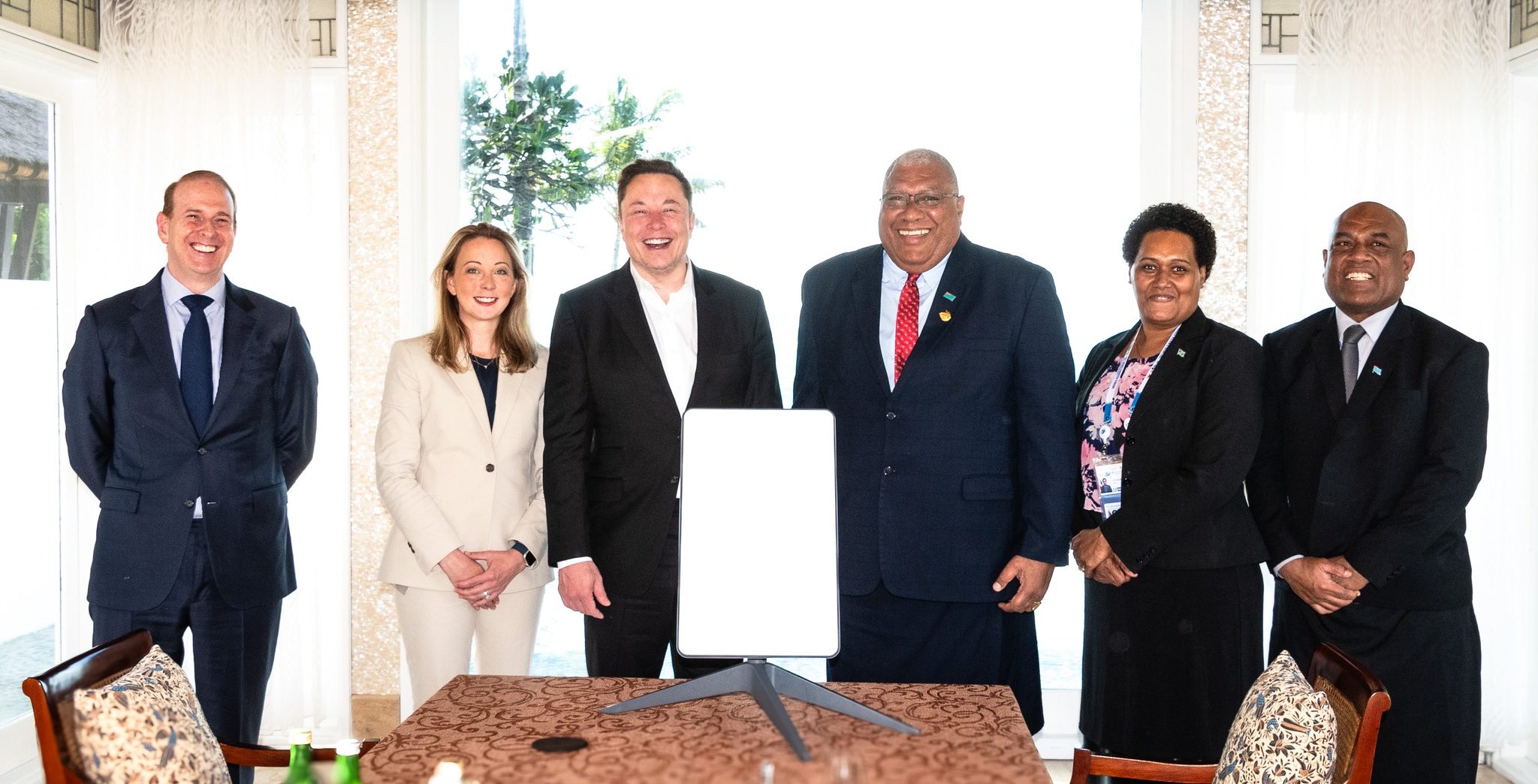Cybersecurity threats and governing generative AI are amongst the most pressing challenges facing telecommunications companies globally.
While the rapid development of Artificial Intelligence (AI) characterises the complexity and pace of technological change in this sector, other challenges reflect the broader global economic climate – the impacts of inflation, disrupted supply chains, and a workforce that needs to be supported to adjust to these changes.
Many of these issues are also faced in the Pacific Islands, although there are others specific to our . . .
Please Subscribe to view full content...
